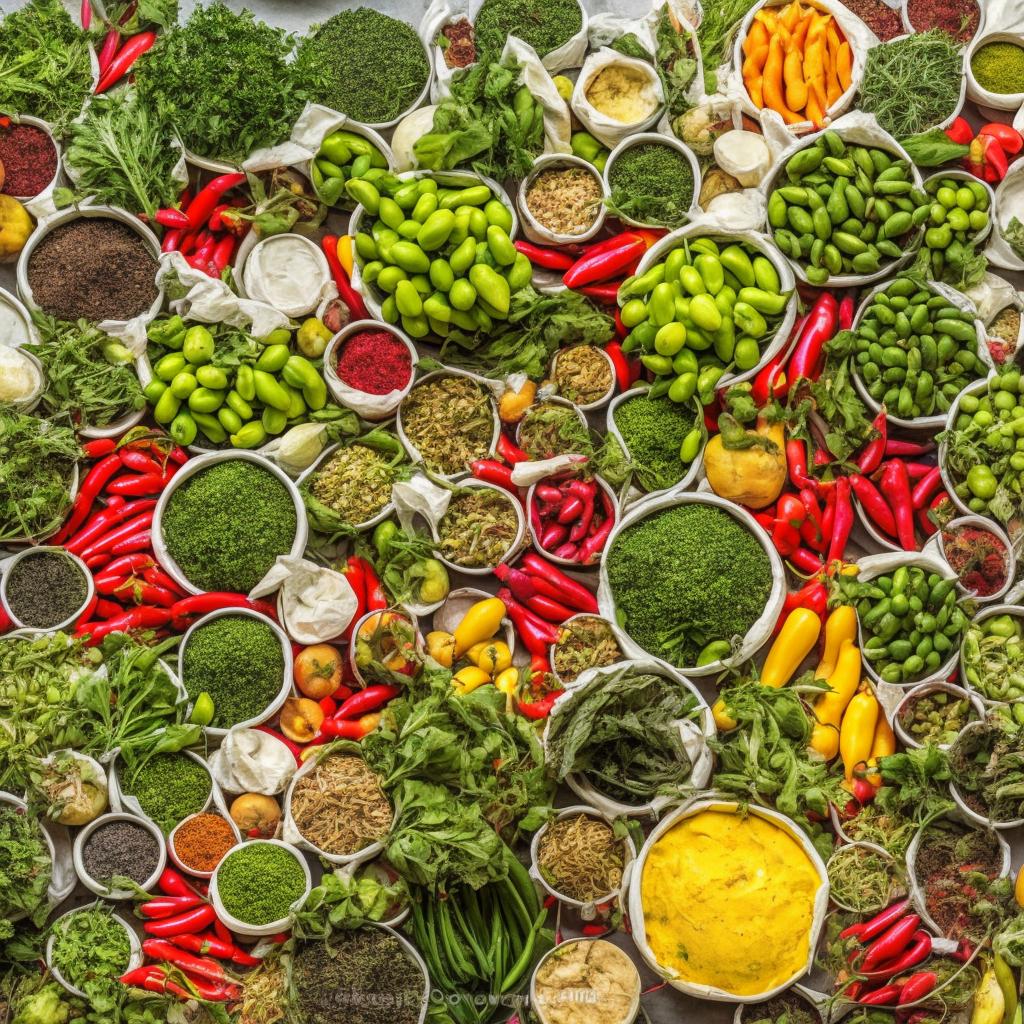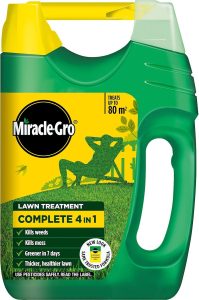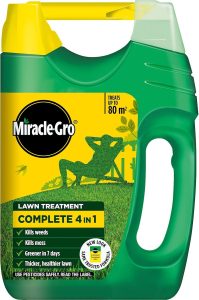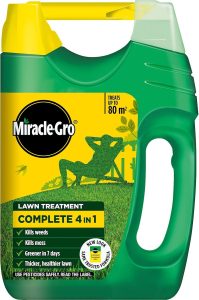The soothing scent of fresh herbs wafting through your kitchen, the burst of flavor they add to your meals – there’s nothing quite like the taste of homegrown herbs. But what do you do when your garden is overflowing with fragrant basil, robust rosemary, and zesty thyme? It’s time to roll up your sleeves and learn the art of harvesting and preserving your garden herbs. Follow this guide for tips on how to ensure your herbs stay flavorful and fresh long after the growing season comes to an end.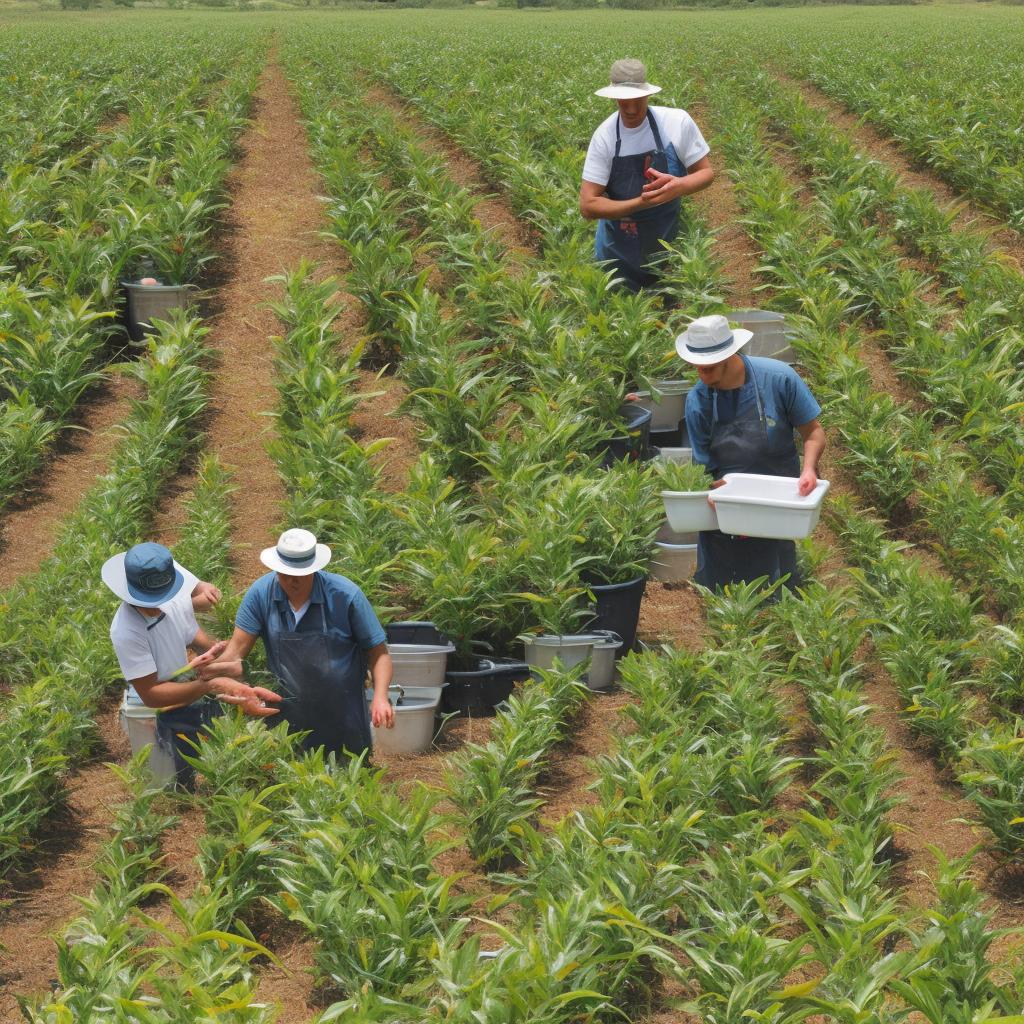
Harvesting Techniques for Maximum Flavor
When it comes to harvesting your garden herbs for maximum flavor, there are a few key techniques to keep in mind. One important factor to consider is the time of day you choose to harvest your herbs. Early morning is generally the best time, as the sun has not yet had a chance to evaporate the essential oils that give herbs their flavor. Additionally, make sure to use sharp scissors or shears to make clean cuts, as this will help the plant heal faster.
Another important technique for maximizing flavor is to harvest herbs at their peak flavor. This is usually when the plant is in full bloom, but it can vary depending on the type of herb. Some herbs, like basil, are best harvested before they flower, while others, like lavender, are at their best right as they start to bloom. To preserve your herbs for later use, consider drying them in small bunches or freezing them in olive oil in ice cube trays for easy use in cooking.
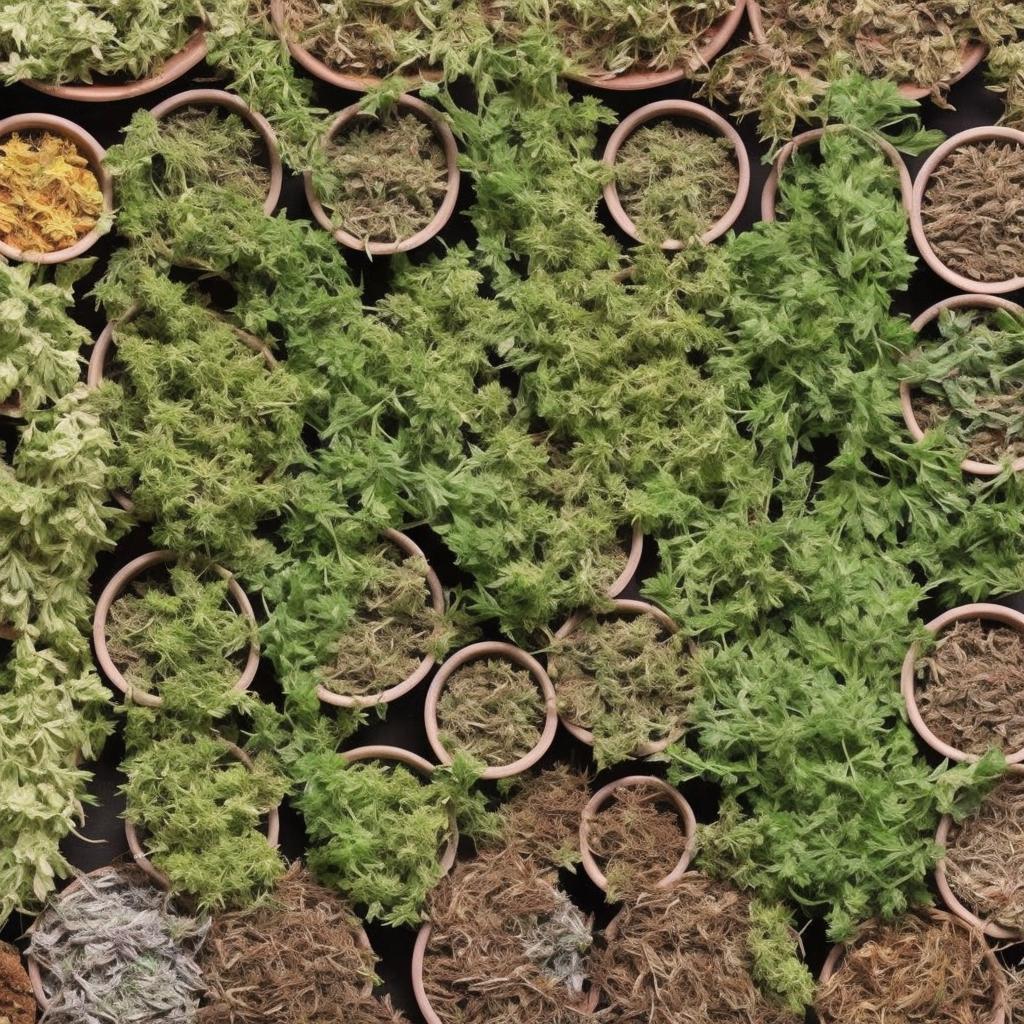
Drying Methods to Maintain Herb Quality
When it comes to preserving your garden herbs, drying them properly is essential to maintain their quality. There are several different methods you can use to dry your herbs, each with their own unique benefits:
- Air Drying: This is the most traditional method of drying herbs. Simply bundle your herbs together and hang them upside down in a warm, dry place with good air circulation. This method works well for herbs like sage, thyme, and mint.
- Oven Drying: If you need to speed up the drying process, you can use your oven. Spread the herbs out on a baking sheet and place them in the oven on the lowest setting. Keep the oven door cracked open to allow moisture to escape.
- Dehydrator: Investing in a dehydrator can be a great way to quickly and efficiently dry your herbs. Simply place the herbs on the dehydrator trays and set it to the appropriate temperature for the herbs you are drying.
Whichever method you choose, make sure to store your dried herbs in airtight containers in a cool, dark place to maintain their flavor and potency. Label your containers with the herb name and date of harvest to keep track of freshness. By drying your herbs properly, you can enjoy your garden harvest all year round.
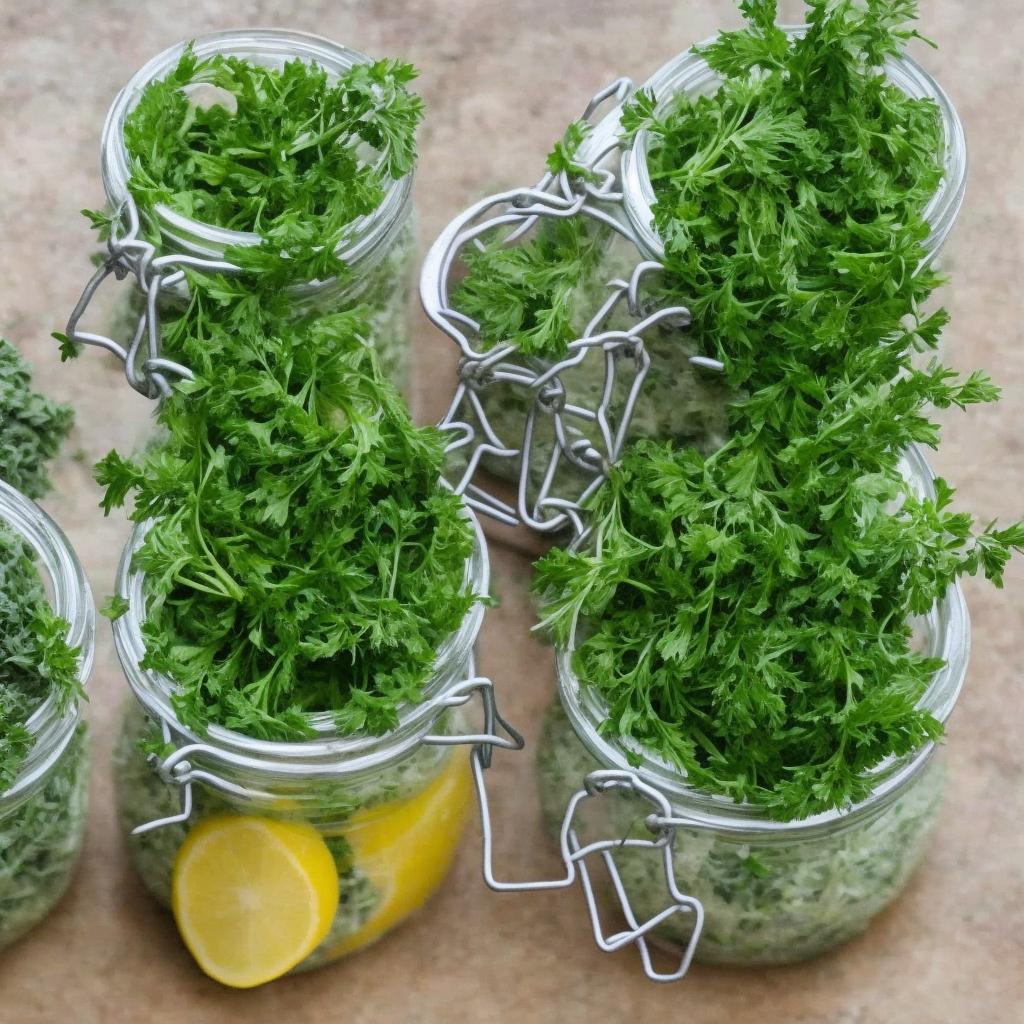
Creative Ways to Preserve Fresh Herbs
Are you looking for creative ways to make the most out of your garden herbs? Here are some unique methods for harvesting and preserving your fresh herbs to enjoy their flavors year-round:
One fun way to preserve herbs is by making herb-infused oils. Simply gather your favorite herbs like basil, thyme, or rosemary, and place them in a clean jar. Fill the jar with olive oil, making sure the herbs are completely submerged. Let the herbs steep in the oil for a few weeks to infuse the flavors. Strain out the herbs and transfer the infused oil to a decorative bottle for a flavorful addition to your dishes. Another creative way to preserve herbs is by making herb salt. Mix chopped herbs like parsley, cilantro, or dill with sea salt and spread the mixture out on a baking sheet to dry. Once dried, store the herb salt in a sealed container to sprinkle on your favorite dishes for a burst of fresh flavor.
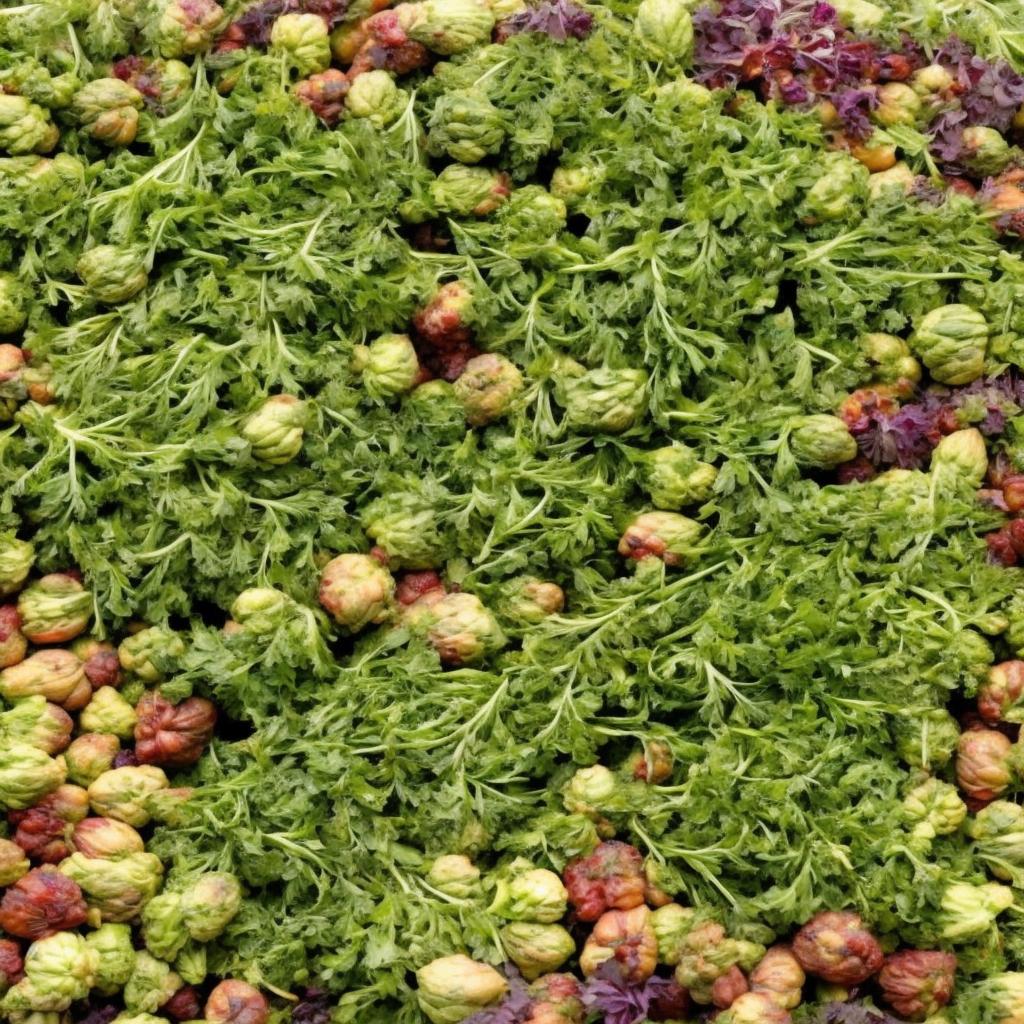
Using Your Harvested Herbs in Culinary Creations
Once you have successfully harvested and preserved your garden herbs, it’s time to put them to good use in your culinary creations. Fresh herbs can elevate the flavor profile of any dish, adding a burst of freshness and complexity. Here are some creative ways to incorporate your harvested herbs into your cooking:
- Infused oils and vinegars: Add your favorite herbs to olive oil or vinegar and let them infuse for a few weeks. Use these flavorful oils and vinegars in dressings, marinades, and sautés.
- Herb butter: Mix finely chopped herbs into softened butter, then use it to top grilled meats, seafood, or roasted vegetables.
- Herb salt: Combine chopped herbs with sea salt and let the mixture dry out. Use this aromatic salt to season any dish.
Don’t forget to experiment with different herb combinations to find the perfect flavor pairings for your favorite dishes. Whether you’re cooking a simple pasta dish or a gourmet meal, your harvested herbs will add a fresh and fragrant touch to your culinary creations.
The Conclusion
As you embark on the journey of harvesting and preserving your garden herbs, remember to savor the sights, scents, and flavors that nature has provided for you. By following the simple steps outlined in this article, you can enjoy the fruits of your labor long after the growing season has come to an end. So go ahead, stock up on those jars and get your drying racks ready - your future self will thank you for the taste of summer that awaits in your pantry. Happy harvesting!

